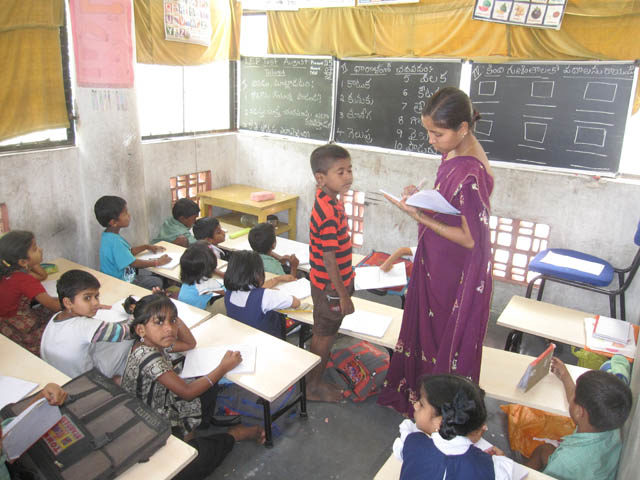Indian education sector has been doing its rounds in news lately as the government has marched into a mission of moving up the standards of the same. So when the Union Budget of 2016 was announced by Hon’ble finance minister, the hopeful public had expected the budgetary allocation to craft an image of education as India’s one of the top priorities. As discouraging as it sounds, the utter pleasure of finding education recorded amongst the ‘9 pillars’ of this year’s budget was instantly devastated after the escalation in the education budget was declared a mere 4.9% increase.

So at this point India stands as one of the fastest growing economy in the world but on asking the question whether India’s government has done enough for its children in terms of health and education or not, the answer remains predictable – NO. It has been long maintained that primary education has immensely perceptible benefits on economic growth. Yet FM announced an allocation of Rs 72,394 crore compared to Rs 68,963 crore for last year. This approx. 3% increase for school education and 7.3% increase for higher education is ofcourse a welcome step. But then considering inflation and GDP growth rate, the education budget stays at a disturbing distance from the prescribed norm of UNESCO’s desire of 6% of GDP. Millions of children do not have access to primary education even after successive governments’ strategies and schemes. To top it all, India is also set to become the country with youngest population by 2020. All this point towards one big question – how do we assure certainly that every child below the age of 18 gets education and skills to prepare them for life? Also the demographic transition of India can only be considered a blessing if India’s education system earns the attention it deserves or else the wreckage thereafter is inconceivable.
There are some factually proved problems lying at the elementary level of primary education. Firstly, the Net Enrollment Ration (NET) provided statistics of the official primary school aged children who have access to education to be around 87% in 2014-2015 which further depicted the walloping size of the population which do not have access to primary education. Secondly, India has been witnessing the highest drop-out rates at the primary and upper primary level at 20 and 36 percent respectively. Lastly, structural inequalities are still prevalent in respect to geography and social levels where ignorance has led to exclusion and domination mostly. Apart from these, the conventional factors like cost of involvement, lack of interest in studies, absence of motivation and many more continue to contribute successfully.
What we realize hereby is that without proper focus and investment on education sector, dreaming of economic reforms in India remains vague. The government must implement models of inclusive elementary education, specifically design strategies around the excluded groups, plan for greater parental engagement at home for long term benefits, prevent children’s engagement in labor instead of studies, and focus on offering support in terms of educational infrastructure to states. Above all, to recognize the true worth of India, investment in its educational sector requires to be moved up way more than its consecutive governments have done.

























